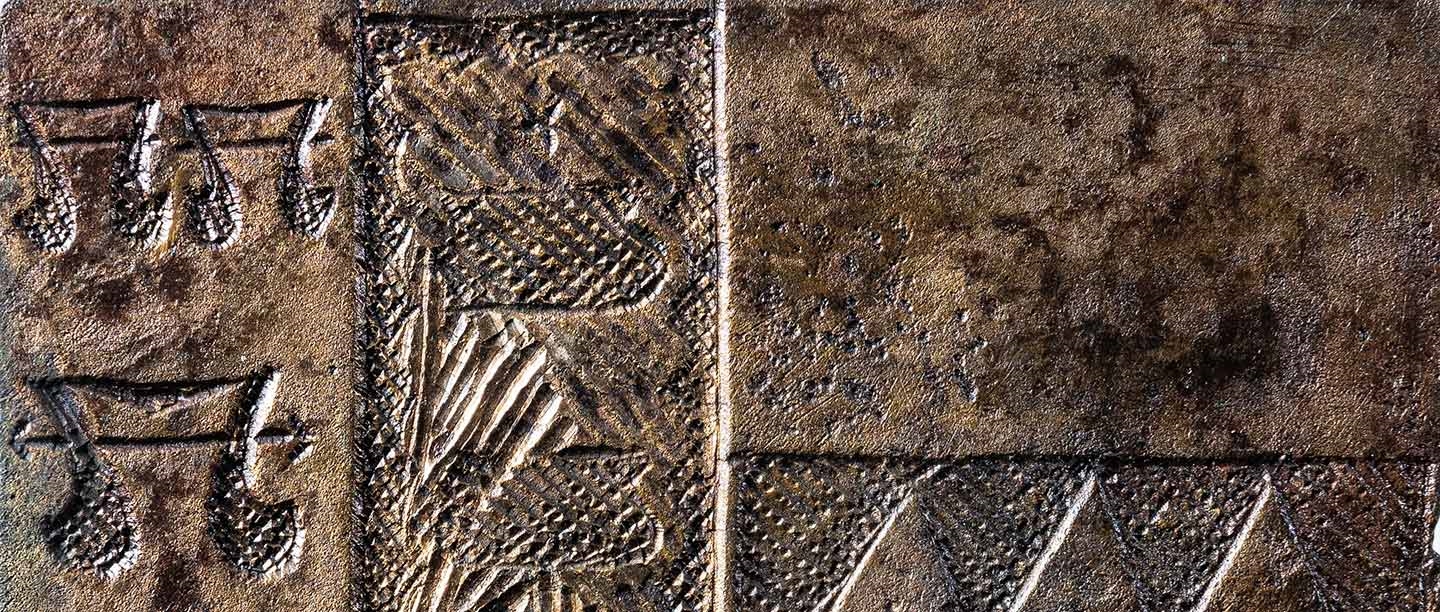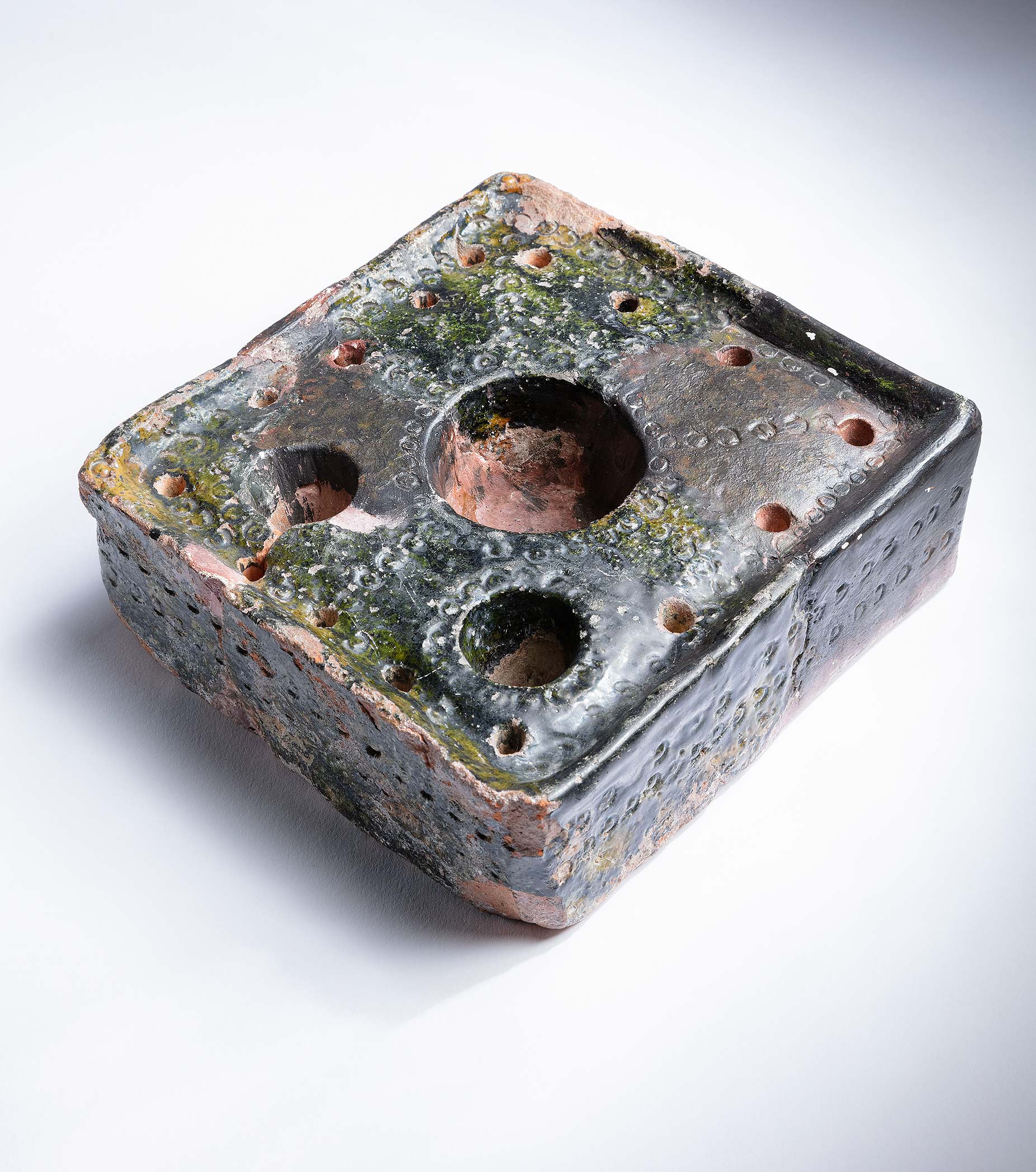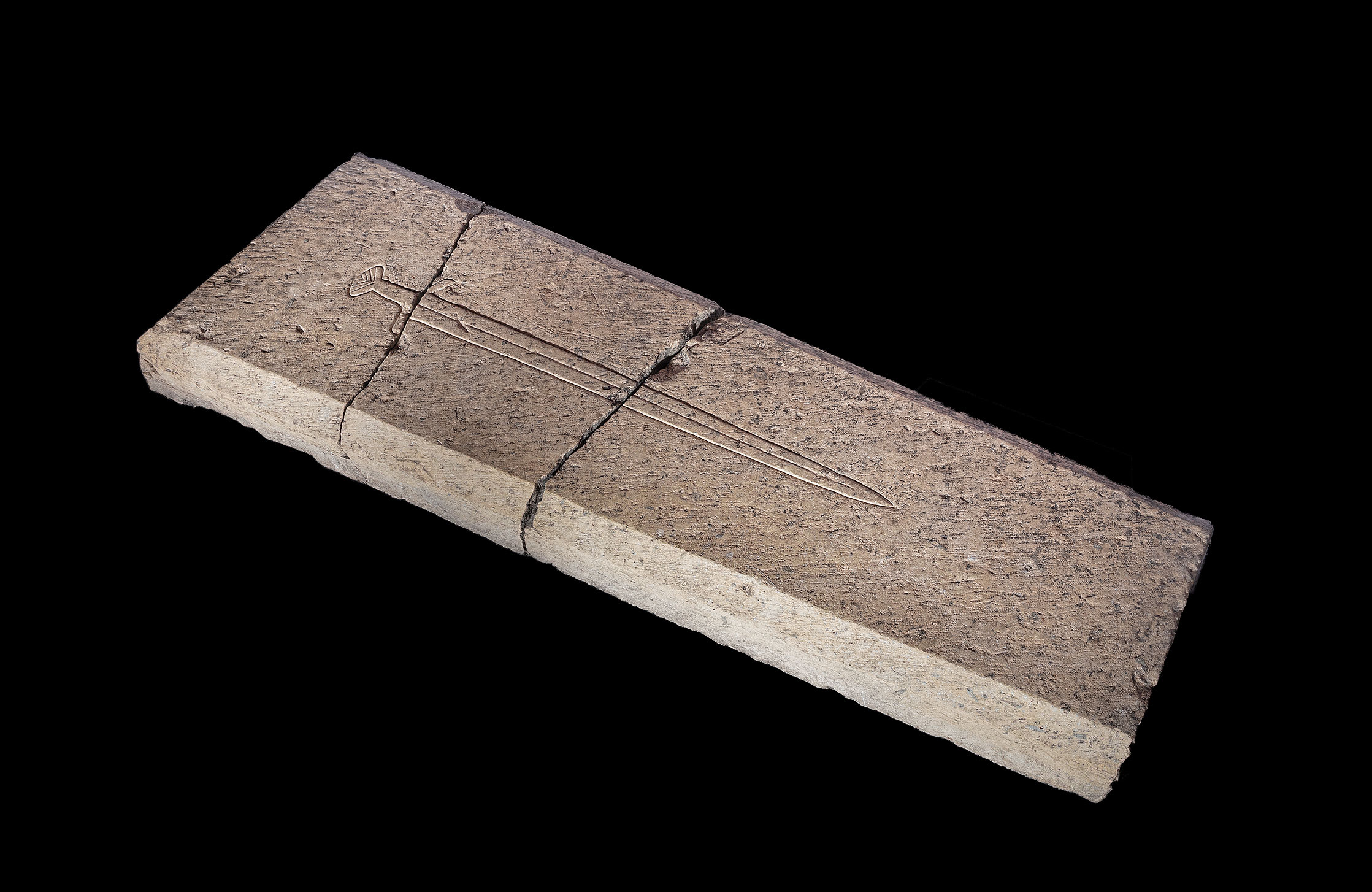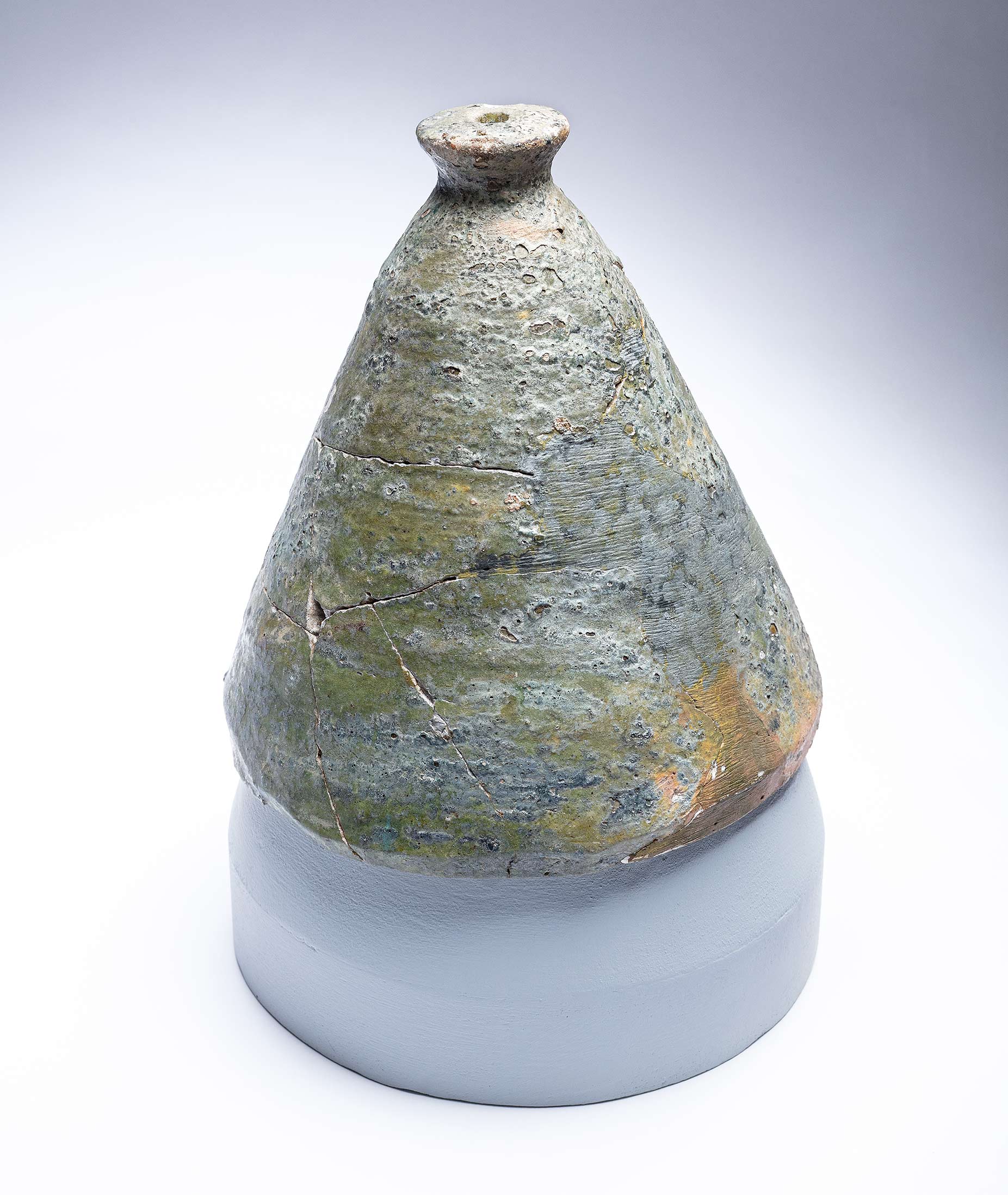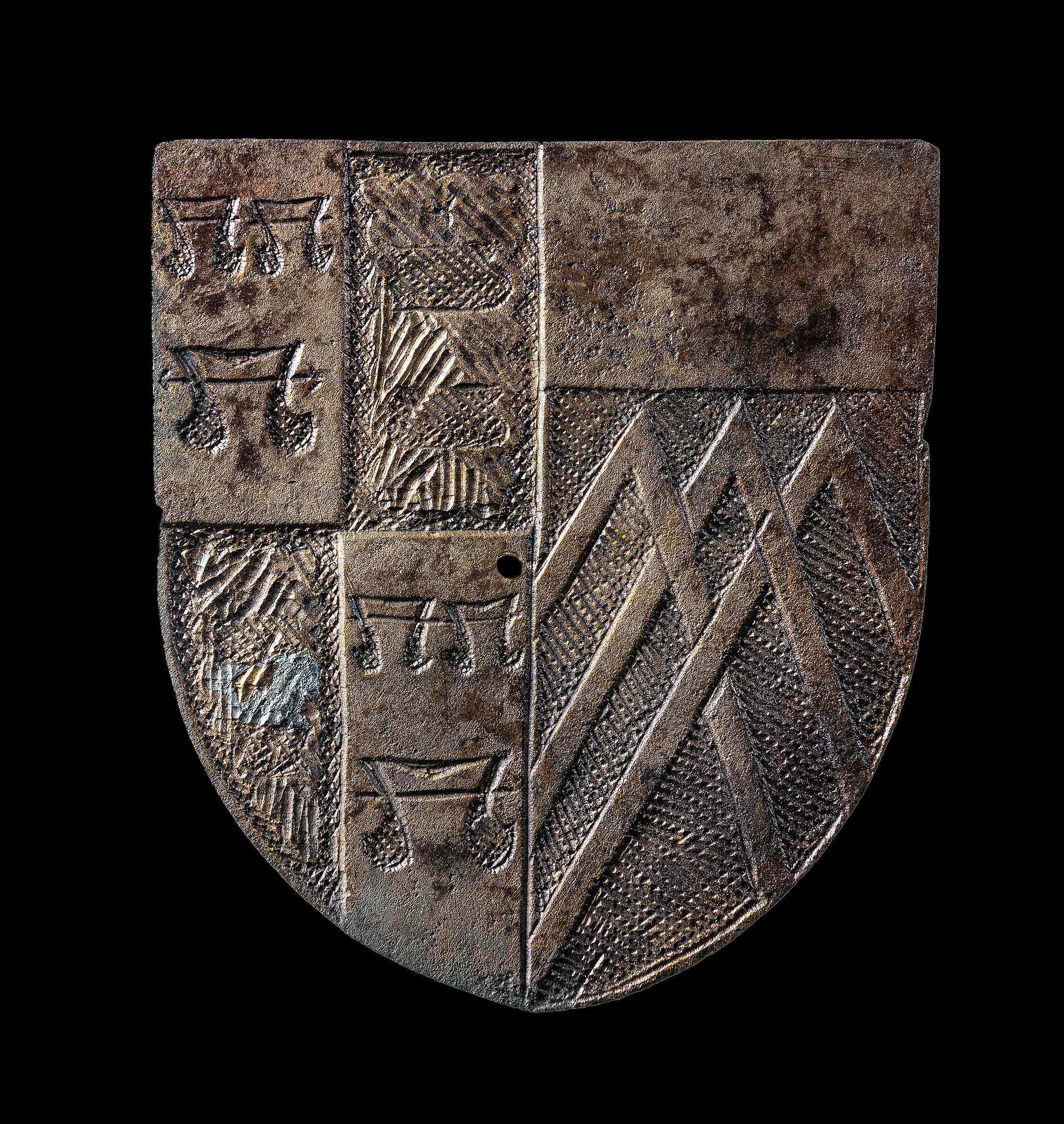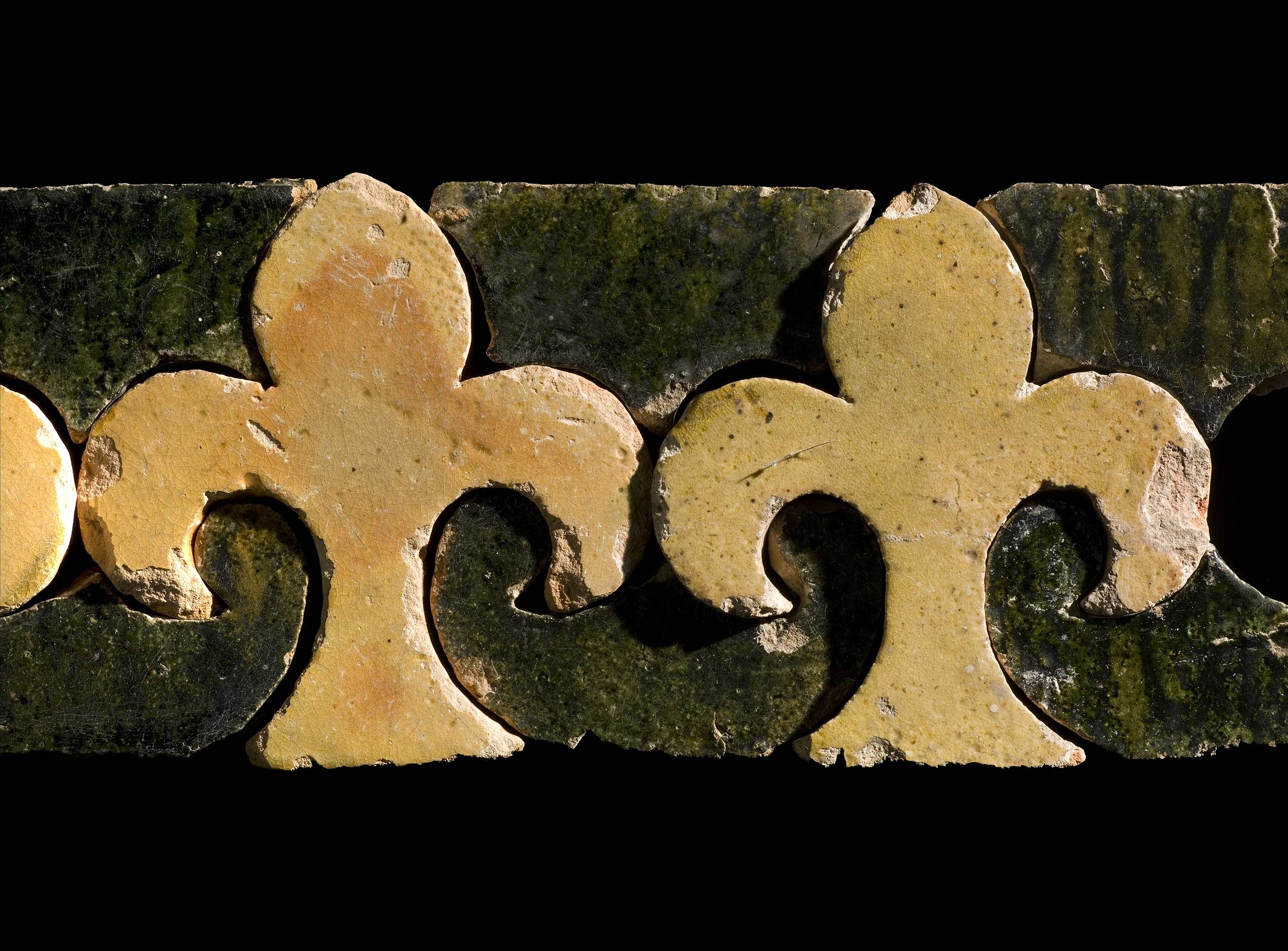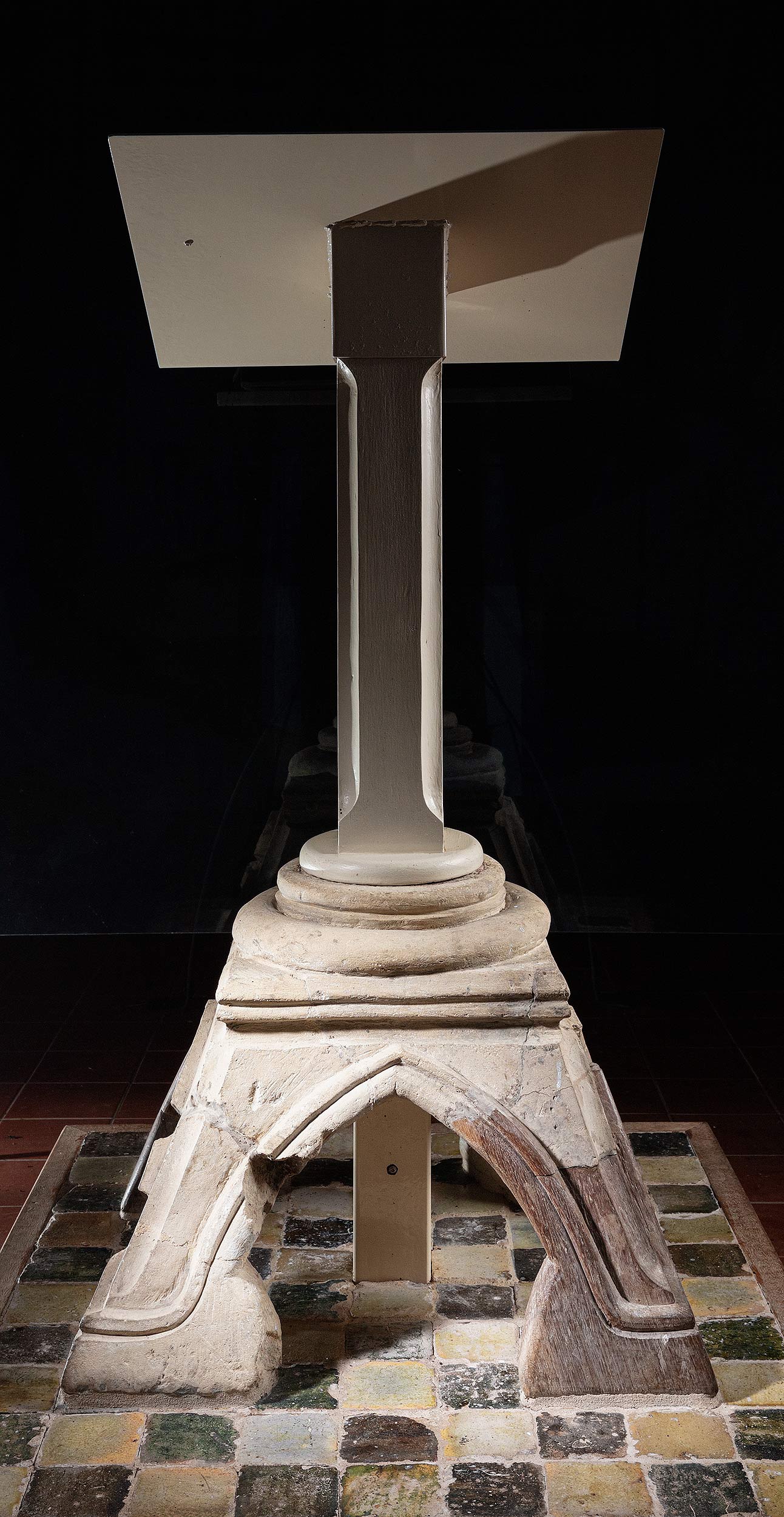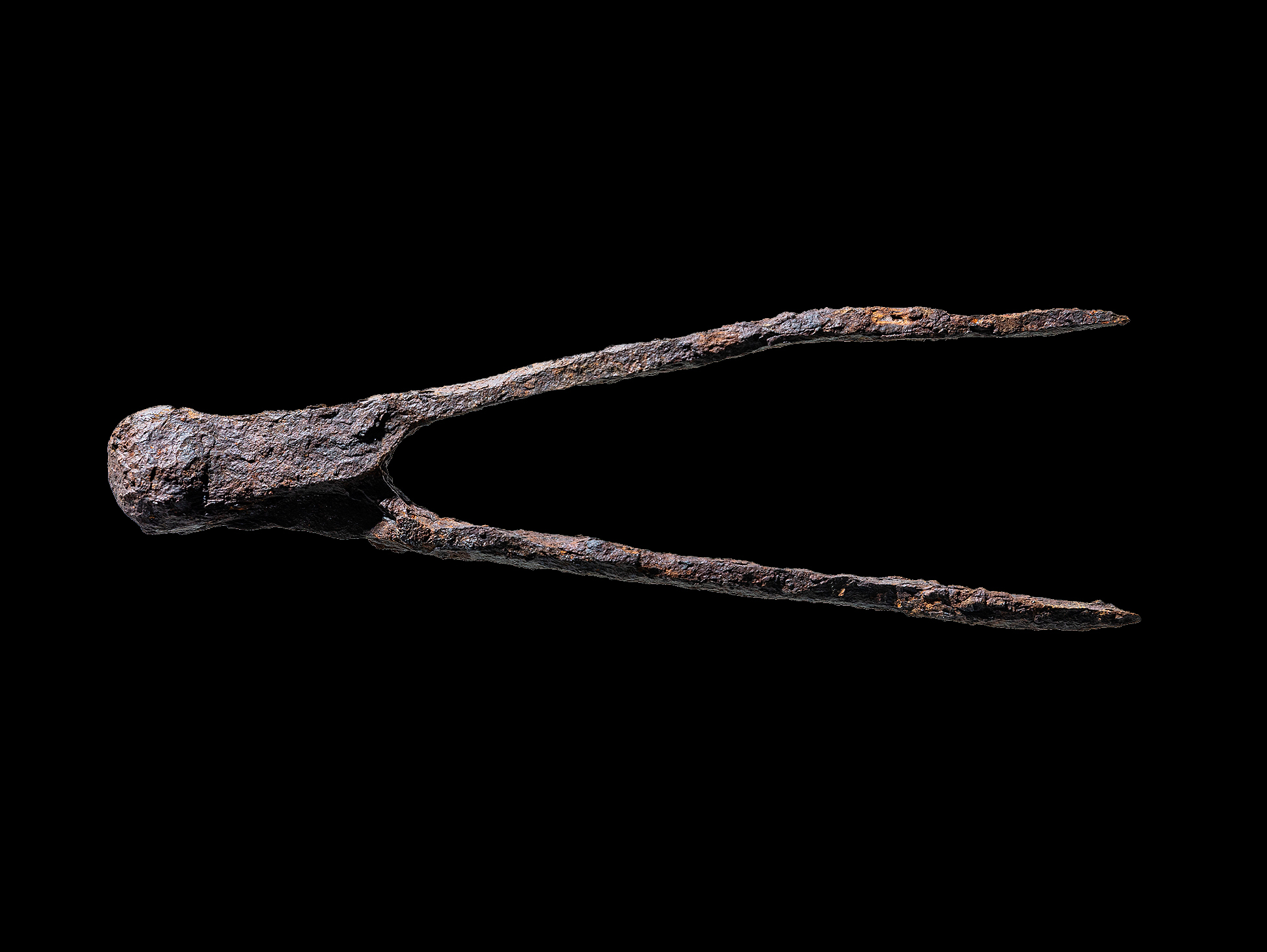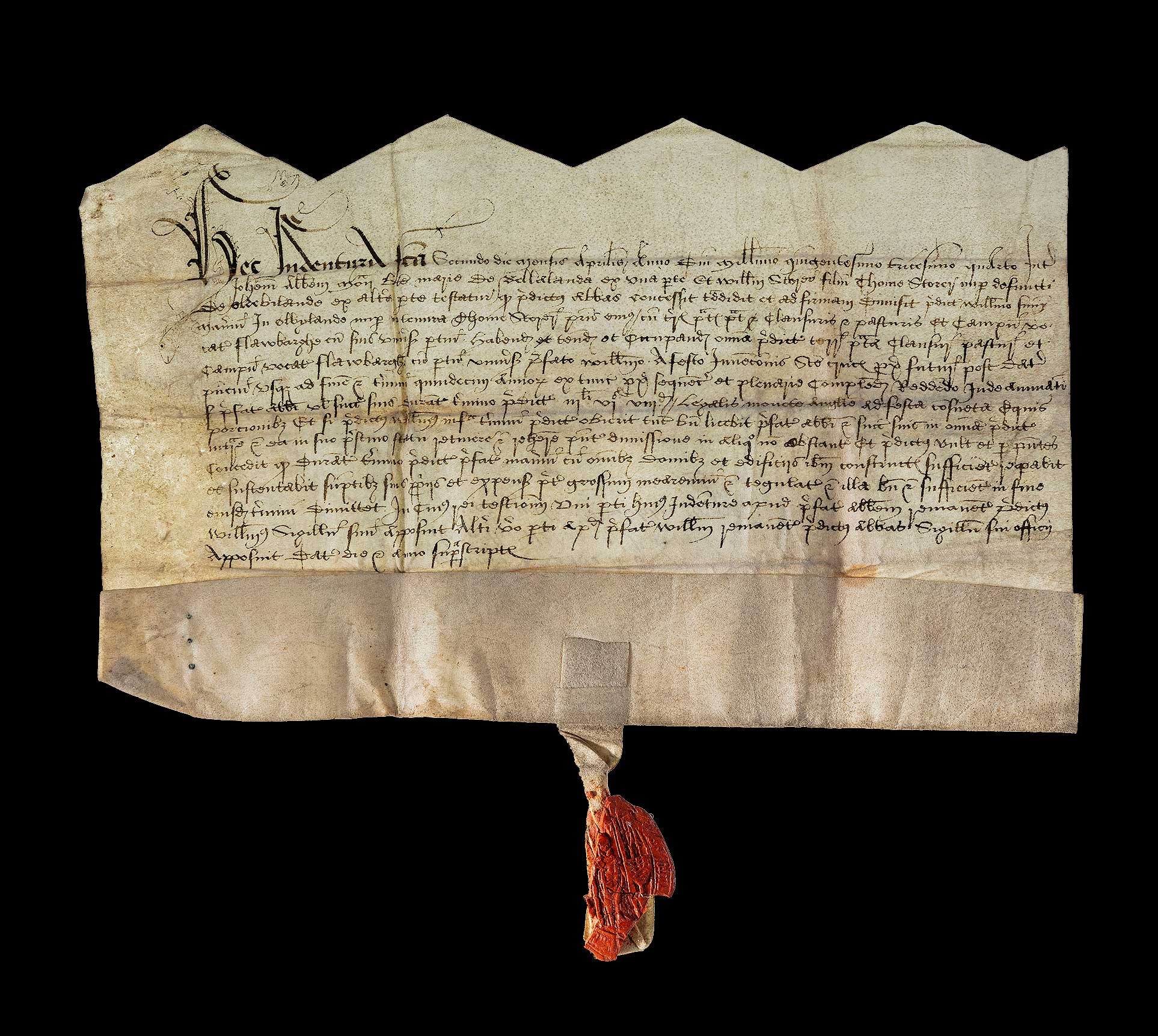The English Heritage collection consists largely of architectural stonework, most of which can be closely dated within the five main phases of Byland’s construction between 1155 and 1195. Other objects provide evidence for industrial activities, including tile production and distilling. There are also some unique and nationally significant items, including the only known ink stand likely to have been used to sign a deed of surrender during the Suppression of the Monasteries.
Explore a selection of highlight objects below.
Find out more
-
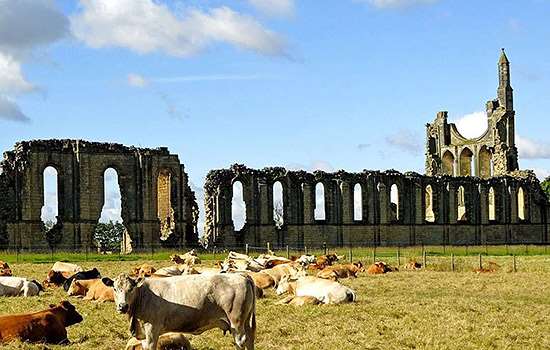
Visit Byland Abbey
Once one of the greatest monasteries in England, Byland Abbey inspired the design of church buildings throughout North.
-
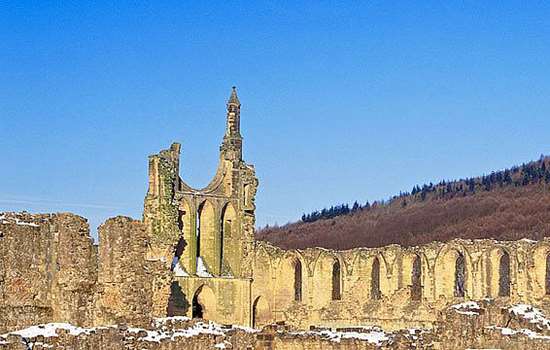
History of Byland Abbey
Find out more about the history of the abbey, described in the 12th century as one of the shining lights of northern monasticism.
-
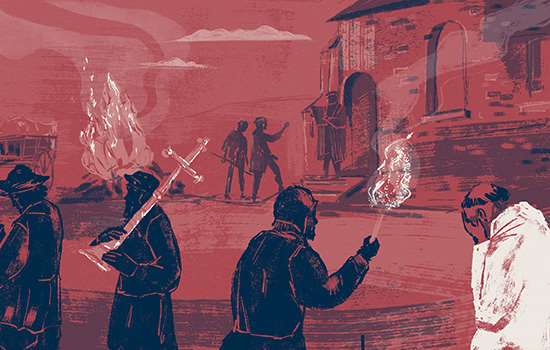
WHAT BECAME OF THE MONKS AND NUNS AT THE DISSOLUTION?
Discover what happened to the many thousands of monks and nuns whose lives were changed forever when, on the orders of Henry VIII, every abbey and priory in England was closed.
-

MORE HISTORIES
Delve into our history pages to discover more about our sites, how they have changed over time, and who made them what they are today.

